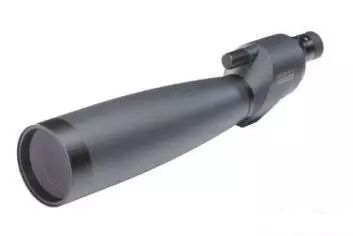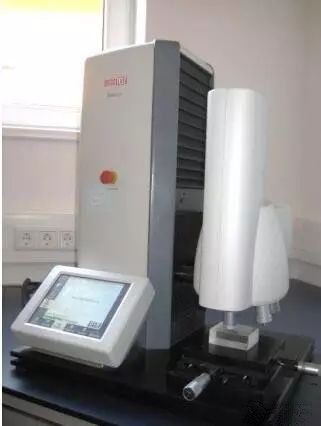Industry demand
Optical products, glass and glass products
application area
laboratory
customer
Main products: binoculars, binoculars, telescope sights. Users are global optical product providers for hunting and viewing.

demand
Anodized layer and glass hardness test requirements anodized layer and glass hardness test anodized coating is an oxide protective layer on aluminum. In the innovation step, aluminum parts are degreased and pickled. Pickling removes a thin natural oxide layer, followed by actual anodizing. The newly prepared porous layer is then colored and then sealed. Anodizing is an electrolytic process using DC and acid electrolytes. Seal the layer again to prevent material deposition due to corrosion and shrink the closed hole. The anode coating shows high hardness and wear resistance. These black coatings also show good corrosion resistance, and they are usually used as decorative coatings. The challenge for these applications is to find the correct anode coating test methods because they are thin on the one hand and dark on the other. In addition, the glass needs to be tested, because the glass is tested in the process of internal test, which test methods are appropriate must be determined here. It can also automatically generate reports for customer requirements.
Solution
DuraScan 20

Because the anode coating is thin, only low test force can be used. Use Knoop hk0 01 method, we have successfully tested the coating directly. Knoop indentations do not penetrate deep into the material and are suitable for thin coatings. Knoop method is also suitable for glass hardness test, and the test method used depends on the glass. Knoop and Vickers tests can be carried out with durascan20, and the load range is from 10g to 62.5kg. Equipped with Vickers and Knoop indenters, the turret is equipped with three lenses, covering the whole load range. Automatic brightness control can be tested on dark surfaces. The test report is customized according to customer requirements. Therefore, the report can be generated automatically at the end of the measurement. Why emco-test?
The unique design of the hardness tester attracted the interest of customers, who were impressed by durascan20. The electric z-axis design has taken a big step forward and greatly reduced the workload. 'Turret is great! When testing anodized coating, it usually needs multiple measurements to find the test load. If I have to switch between indenter and lens every time, it will waste a lot of time. In this way, everything is automatic, really fast! In addition, I have different optical lenses on the turret, so it will save more time. I also found that this equipment is very cost-effective 。 Even after purchase, we can update the software for free at any time. ': Test staff.